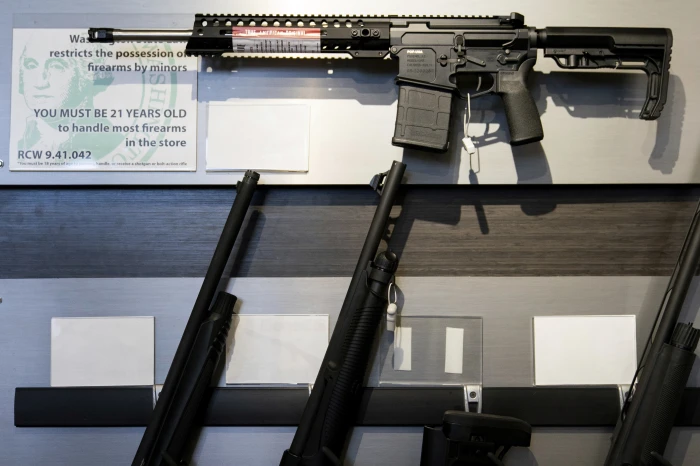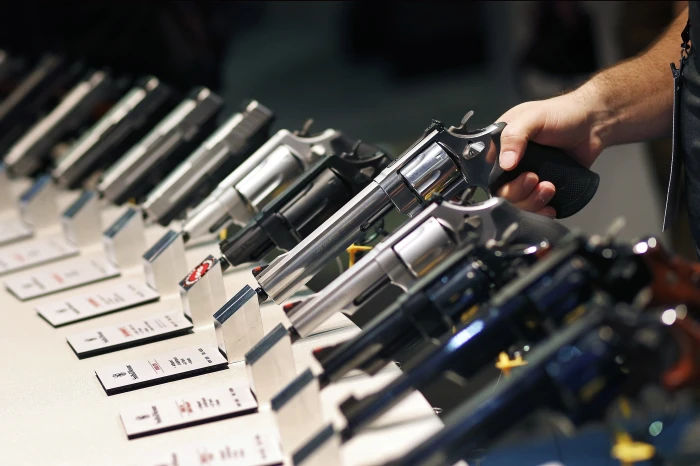
(Photo Courtesy of AP)
The Heart-Breaking shooting in the Minneapolis Catholic School leaves us searching to answer questions on what is causing these mass shootings. Is it mental health issues, a “lack of fate,” or something else entirely. Whatever the case, it is complex. The reality is that mass violence is not caused by a single factor, but rather a confluence of societal, psychological, and systemic issues that have created a “perfect storm” for such events.
The Role of Mental Health: A Misunderstood Connection

Mental health is often the first thing people point to after a tragedy, but the link is far from simple. While many mass shooters have a history of mental health issues, this doesn’t mean that all, or even most, people with mental illness are a threat. In fact, people with serious mental illness are far more likely to be victims of violence than perpetrators. 
Instead of a simple diagnosis, a more accurate picture involves:
Trauma and crisis: Many perpetrators have a history of childhood trauma or are experiencing a significant personal crisis, like a job loss or relationship breakdown.
Feelings of alienation: Social isolation, a sense of grievance, and a desire for revenge against those who have “wronged” them are common threads.
Suicidality: A significant number of mass shooters are suicidal, with the act of violence often serving as a final, destructive act of revenge against a world they feel has failed them.
Societal and Systemic Factors: The Bigger Picture
Attributing these events solely to individual pathologies is misleading. We have to look at the broader societal issues that can fuel such despair and violence.
Poverty and inequality: Socioeconomic distress, including poverty, unemployment, and housing instability, can lead to feelings of hopelessness and despair, which are significant risk factors for violence. Availability of firearms: The easy accessibility and high lethality of firearms play a crucial role. A person in crisis who has ready access to a gun is far more likely to commit a lethal act than someone who does not. States with higher rates of gun ownership and more permissive gun laws also tend to have higher rates of firearm-related deaths, including homicides and suicides.

Media and social media: The widespread coverage of mass shootings can, in some cases, inspire “copycat” acts. The public narrative and sensationalism can provide a blueprint or even a perverse form of validation for individuals seeking to make a “statement.”

A Culture of Violence: While not a direct cause, the glorification of violence in media and society can desensitize individuals and normalize aggressive behavior.
A Call for a Multifaceted Approach
The notion that America is “self-destructing” is a reflection of the deep-seated fear and frustration that these events cause. To combat this, we need to move beyond simplistic explanations and embrace a multifaceted approach.
This means addressing a range of issues, including:
Public health solutions: Treating violence as a public health epidemic, which involves addressing its root causes, such as poverty and lack of opportunity.
Secure firearm storage: Promoting and enforcing safe and secure gun storage to prevent access by unauthorized users, including children and those in crisis.
Improved mental healthcare: While not the sole cause, better access to mental health services and reducing the stigma around seeking help can support individuals before they reach a crisis point.
MUST READS
Why Are Grocery Prices In New York So High: Learn How to Take Control? – News Talk Newyork
Young Women Are Leaving The Church In Great Numbers – News Talk Newyork

Viorica Bruni Editor Athletica Sports Web Publication
Content Creator Collective Audience Media






